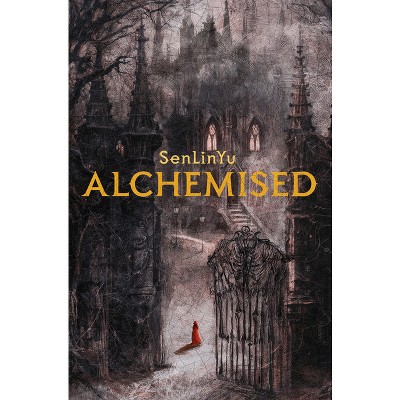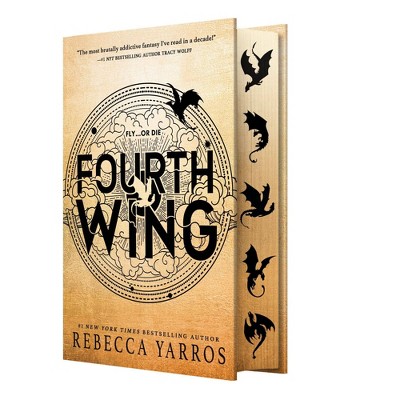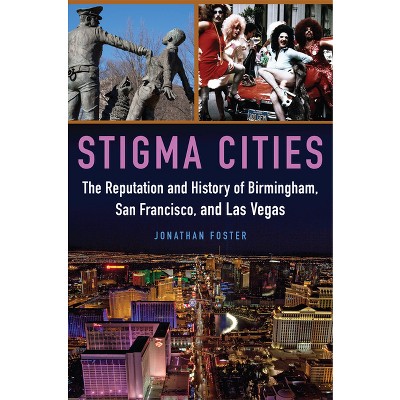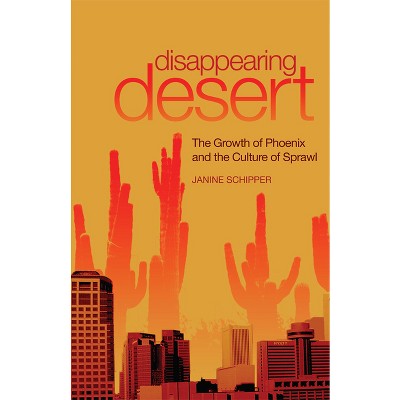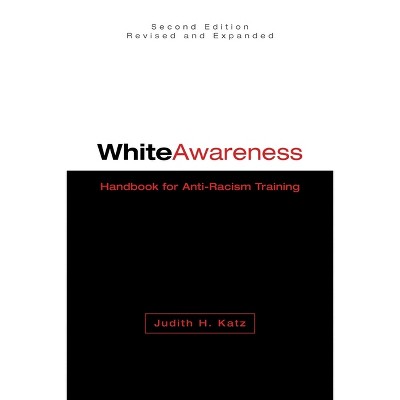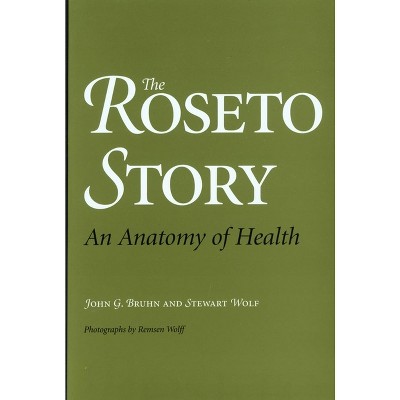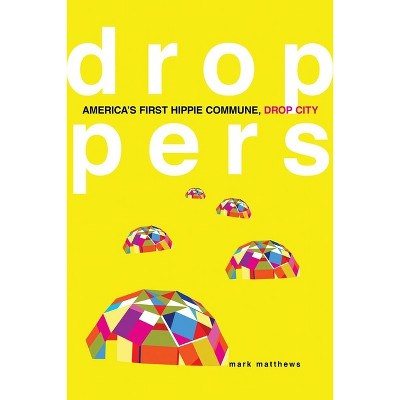About this item
Highlights
- Tourists started visiting the American West in sizable numbers after the Union Pacific and Central Pacific Railroads were completed in 1869.
- Author(s): Jacob P Gruen
- 314 Pages
- Social Science, Sociology
Description
About the Book
In Manifest Destinations, J. Philip Gruen examines the ways in which tourists experienced Chicago, Denver, Salt Lake City, and San Francisco between 1869 and 1893, a period of rapid urbanization and accelerated modernity. Gruen pays particular attention to the contrast between the way these cities were promoted and the way visitors actually experienced them.Book Synopsis
Tourists started visiting the American West in sizable numbers after the Union Pacific and Central Pacific Railroads were completed in 1869. Contemporary travel brochures and guidebooks of the 1870s sold tourists on the spectacular scenery of the West, and depicted its cities as extensions of the natural landscape-as well as places where efficient business operations and architectural grandeur prevailed-all now easily accessible thanks to the relative comfort of transcontinental rail travel. Yet as people flocked to western cities, it was the everyday life that captured their interest-the new technologies, incessant clatter, and all the upheaval of modern metropolises.
In Manifest Destinations, J. Philip Gruen examines the ways in which tourists experienced Chicago, Denver, Salt Lake City, and San Francisco between 1869 and 1893, a period of rapid urbanization and accelerated modernity. Gruen pays particular attention to the contrast between the way these cities were promoted and the way visitors actually experienced them.
Guidebooks made Chicago, Denver, Salt Lake City, and San Francisco seem like picturesque environments sprinkled with civilized buildings and refined people. But Gruen's research in diaries, letters, and traveler narratives shows that tourists were interested-as tourists usually are-in the unexpected encounters that characterize city life. Visitors relished the cities' unfamiliar storefronts and advertising, public transit systems, ethnic diversity, and multiple dwellings in all their urban messiness. They thrust themselves into the noise, danger, and cacophony. Western cities did not always live up to the marketing strategies of guidebooks, but the western cities' fast pace and many novelties held extraordinary appeal to visitors from the East Coast and abroad.
In recounting lively anecdotes, and by focusing on tourist perceptions of everyday life in western cities, Gruen shows how these cities developed the economy of tourism to eventually encompass both the urban and the natural West.
Review Quotes
"All aboard for this probing tour of four mushrooming western cities--Chicago, Denver, Salt Lake City, and San Francisco--in the late 1880s. With sharp, eloquent architectural and historical insights, J. Philip Gruen compares tourists' own accounts with what urban boosters proclaimed in glib guidebooks."--Thomas J. Noel, co-author of Historical Atlas of Colorado and author of Buildings of Colorado
"In this book, J. Philip Gruen provocatively reenvisions tourism in the late-nineteenth-century West. He shows that most travelers, urged to contemplate the West's beckoning landscapes, visited instead the West's cities. Gruen sharply etches the discrepancies between romantic guidebook accounts and what travelers saw and thought about western urban places. Manifest Destinations offers a major reinterpretation of a messy, complex western tourism."--Richard W. Etulain, author of Re-imagining the Modern American West: A Century of Fiction, History, and Art and Does the Frontier Experience Make America Exceptional?
Shipping details
Return details
Trending Poetry
